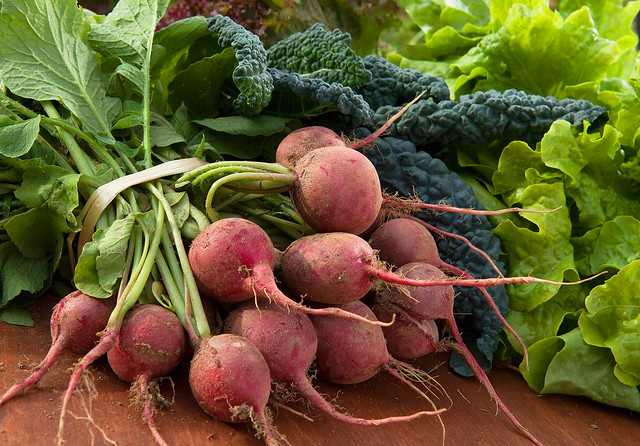
Technology is everywhere in the 21st century, and America’s food system is no exception.
Scientists with the USDA Agricultural Research Service’s (ARS) Western Human Nutrition Research Center (WHNRC), at the University of California (UC) – Davis, have joined forces with over 40 researchers from six organizations to form an institute that will use artificial intelligence (AI) to create the next-generation food system. The team, led by UC Davis, also includes UC Berkeley, Cornell University, and the University of Illinois at Urbana-Champaign. The project is funded by a $20 million grant from USDA’s National Institute of Food and Agriculture.
“The AI Institute for Next Generation Food Systems (AIFS) is dedicated to accelerating the use of artificial intelligence to optimally produce, process, and distribute safe and nutritious food,” said Dr. Danielle Lemay, a USDA research molecular biologist at WHNRC.
The institute’s goals include using molecular breeding to improve crop yield, quality, and disease resistance; using AI applications and other technology, such as sensing platforms and robotics, to reduce resource use; enhancing food safety; and developing tools for consumers to make personalized health decisions.
According to Lemay, AIFS is developing AI to determine how to breed plants for optimal production, how to better manage water and nitrogen use, and how to forecast crop yields. For food processing, AI will help inform decisions about cleaning to improve sanitation and reduce the spread of pathogens. AI will also help reduce energy use and food waste by advising against transporting food that may not be used at its destination. In nutrition, AI will predict the ingredients from photos in a consumer’s own food journal.
“Also, one of our goals is to help young people understand the value of where their food comes from, and to see themselves in future agriculture and food careers,” Lemay said. “The opportunity is to create more workers at all levels who have both AI and food system expertise. This includes engagement at every level – from K through 12 and at community colleges, summer internships, and field days with farmers.”
Lemay, who leads the institute’s nutrition research, said AIFS is unique in that no other AI research effort has included human nutrition. “Our grand challenge is to apply AI technologies to better capture what people are eating, to determine the nutrients and molecular structure of that food, and to predict health outcomes of those dietary choices.”
“In the future, we hope that AI can be used to personalize information on health status, genotype, and microbiome,” said Lemay.
This research supports multiple themes outlined in the USDA Science Blueprint (PDF, 2.6 MB), which moves us closer to meeting the goals outlined in USDA’s Agriculture Innovation Agenda.



